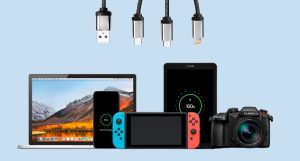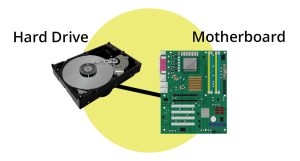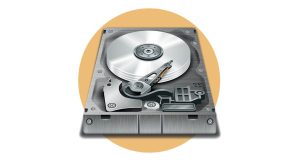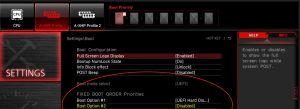
Among other issues that a user might encounter when turning on a laptop or PC is the message “No Bootable Device” on a black screen, sometimes stated as “No bootable device – insert boot disk and press any key,” and what’s more perplexing is that often everything appears to have been functioning properly just before the issue arose. Depending on the BIOS version, the error text may vary. For instance, on the screen, a user might see one of the following messages: “no bootable device hit any key,” “press any key to reset,” or “please restart system.”
All these inscriptions indicate the presence of one problem: the disk from which the system is supposed to boot was not found. This guide elaborates on what to do when the “No Bootable Device” error occurs on laptops from Acer, HP, Lenovo, Dell, and others. However, the error can also arise on desktop computers.
Possible reasons
There are several common reasons for the “no bootable device insert boot disk and press any key” error to occur:
Secondary peripherals are connected
First and foremost, remove all USB devices like flash drives, printers, etc., from the computer or laptop’s USB ports. Restart and check if the problem has been resolved. If this doesn’t fix the error, then we proceed to more drastic methods.

Incorrect connection of the hard disk drive (HDD)
The “no bootable device” error, often accompanied by the text “is detected” or “found,” usually results from a drive being incorrectly connected. Therefore, the first step is to make sure the hard drive is properly connected. To do this, you might need to disassemble your laptop, making sure to remove the battery first. With a desktop computer, simply open the side cover of the case. The PC should be turned off (including being unplugged from the outlet). Disconnect the SATA cables and reconnect them to the hard disk. They should fit tightly in their respective ports. This may help resolve the issue.

Damage to the SATA cable or power cable
An old SATA cable (running from the motherboard to the hard drive) may be damaged or not fully plugged in, so it should be checked. Inspect the power cable that connects from the power supply to the hard drive.

HDD failure
This includes the presence of bad sectors, physical wear, damage, or corrosion on the board. Another common cause of the “no bootable device” error is a corrupted file system, boot record, and other important Windows files. However, it’s not certain that after their restoration, the computer’s functionality will be fully recovered.

Incorrect boot order of drives in BIOS
The error could also be a result of additional devices connected to the computer. Seeing them, the BIOS may change the boot order at its discretion. Suppose the operating system is installed on the hard drive, but the PC is searching for it on a connected USB drive. Not finding it, it will display the corresponding message — “no bootable device.
To get rid of it and restore the computer’s operation, you need to:
- Enter the BIOS settings.
- Go to the section responsible for the boot order. It is usually called “Boot,” “Loading,” or “BIOS Features.” In older BIOS versions, the necessary settings are found under “Advanced Options” or “Advanced Features.”
- Find the parameter responsible for boot priority. It may be called “1st Boot Device” or “Boot Option,” depending on the version.
- Set the hard drive with the installed OS Windows as the first boot device.
- Save the settings and restart the PC

The BIOS battery has depleted its resources
If all the necessary BIOS settings were applied and saved, but after rebooting the computer they’ve reset, this indicates that the battery has run out of power and needs to be replaced. Incorrect current time can also signal this.
For battery replacement:
- Turn off the PC, disconnect it from the power supply, open the case, and carefully remove the battery.
- Note its marking. The most common type used is “CR2032”.
- Purchase a new battery with the same marking and install it.
- Once everything is done, return to the previous steps and change the boot order again.
A malfunctioning USB port if you’re trying to boot from a flash drive or external HDD
Users often look for problems at their core when the issue may lie in the simplest and most obvious places – such as a non-working USB port. To check this, try connecting the flash drive to a different port, preferably on the back panel. You can also verify the port’s functionality by connecting any other USB device.

Presence of malware
Viruses often cause various malfunctions as they delete, replace, or hide important files necessary for the system to function correctly. Since the PC cannot boot up, the check should be carried out using a LiveDisk from Dr.Web, which can be previously downloaded from their official website.

After detecting and removing viruses, redo the procedure to restore the “MBR” and the file system, followed by checking the system files by running “sfc /scannow” in the command prompt.
Conclusion
If none of the above methods help, it is likely that the problem is technical in nature, which can only be diagnosed and fixed by experienced specialists. However, you can still try a clean install of the operating system or flashing the BIOS if you have the necessary software tools and some experience in this matter.
The “no bootable device” error can occur for many reasons, ranging from physical damage to the cable to systemic malfunctions. It is hoped that the instructions and recommendations provided in this article will help you resolve the issue
